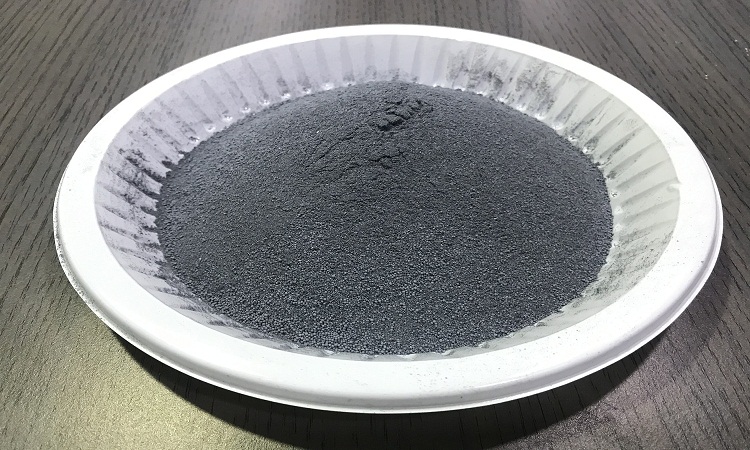Silica fume is a byproduct from the production of elemental silicon or alloys containing silicon in electric arc furnaces. At a high temperature of 2000oC (approx) the reduction of high-purity quartz to silicon produces silicon dioxide vapor, which condenses at low temperatures and oxidizes to produce silica fume.
Silica fume particles are spherically shaped and very fine, having a mean size of 0.1 µm-0.3 µm. in some cases, individual particles can fuse together to form small agglomerates that may range from 1 to 100 µm in size.
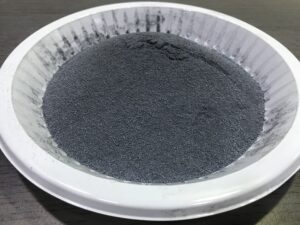
The specific gravity of silica fume is 2.20-2.30. The surface area of silica fume particles can range between 13,000 m2/kg and 30,000 m2/kg, measured by nitrogen absorption equipment. The fine particle size of the as-produced silica fume makes it challenging to handle, from a particle perspective.
The bulk density of the as-produced silica fume ranges from 130 kg/m3 to 430 kg/m3. Compacted or densified silica fume and slurried silica fume has a bulk density that can range from 200 to 600 and 1300 to 1400 kg/m3, respectively. Silica fume can also be pelletized, whereby the silica fume is mixed with some cement and water. The silica fume pellets can be ground with a Portland cement clinker to form blended cement. Irrespective of the delivery form of silica fume produced, compacted, slurried or, similar concrete properties and performance can be achieved.
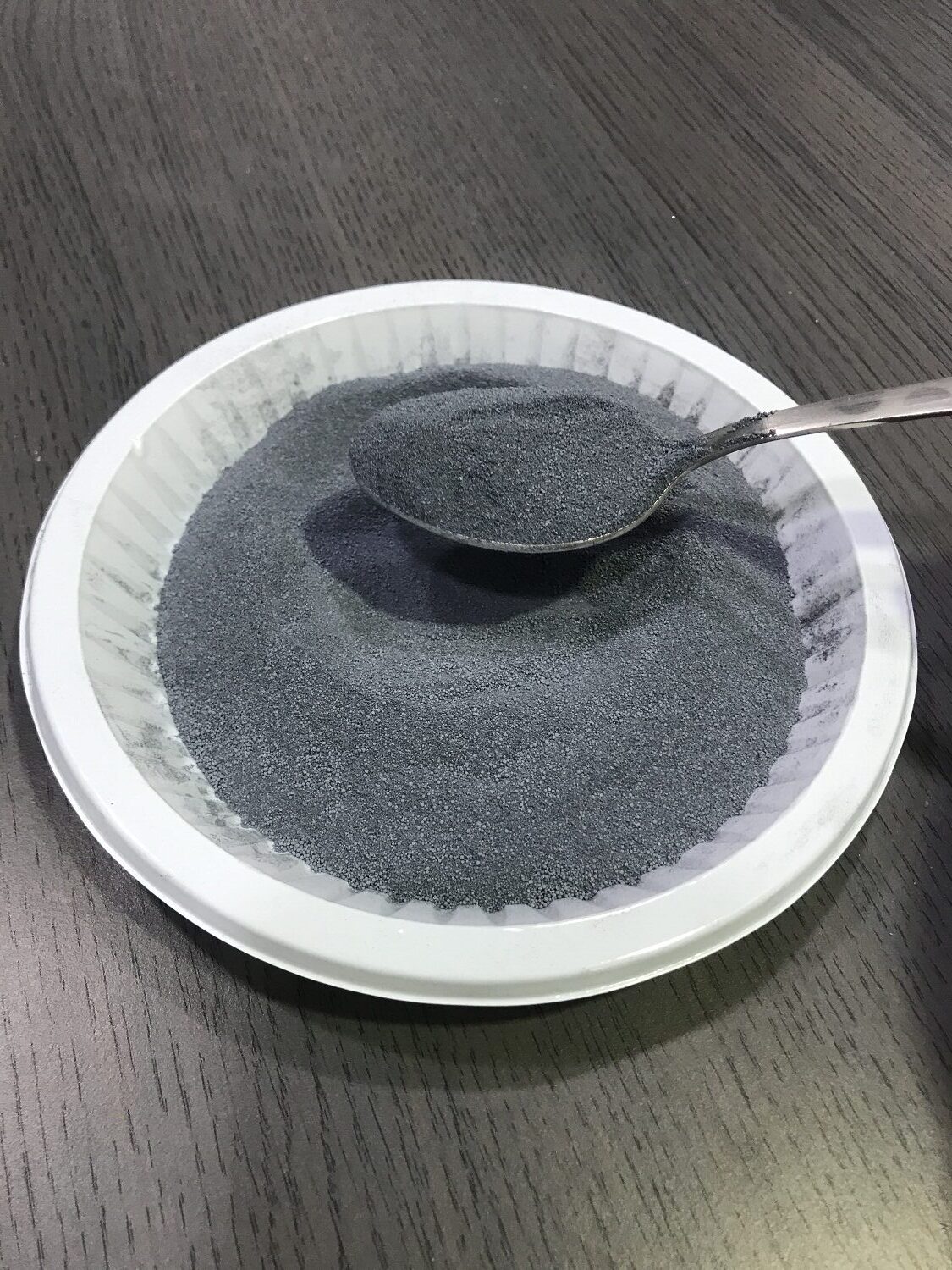
Availability and Handling
Silica fume is available in wet and dry forms. Since silica fume is a very fine powder, it is very difficult to handle, store, and transport in dry form. Dry silica fume is processed to obtain a slurry form called wet silica fume. In addition to the natural dry form, some products of dry silica fume are mixed with other dry admixture, which does not vary the overall chemical reactivity of the material. Similarly, wet silica fume also comes with different dosages of chemical admixtures. Dry and wet silica fume can be stored in silos and tanks, respectively. Each form of silica fume has a different purpose and it is selected based on its specific applications.
Nanosilica is primarily available in different forms with a wide range of particle size, surface areas, and purity. Two forms of Nanosilica used in cementitious materials are colloidal form and powder form different physical properties of particles. The colloidal silica is obtained by neutralizing the alkaline silicate solution using mineral acid & stabilizing the resultant silica suspension solution by pH variation. The powder form of silica is obtained by destabilizing & precipitating the silica solution. Powder and colloidal forms of Nanosilica are stored in silos and tanks, respectively. Nanosilica can be further classified into six different categories as shown in the below table.
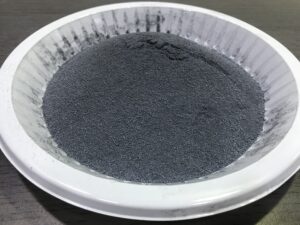
| Sr. No. | Category | Diameter | Method/Shape |
| 1 | Colloidal silica or silica | 1nm -1000 nm | Uniform shape and size |
| 2 | Stober silica | 10 nm -1000 nm | Using different chemistries of treated TEOS to obtain monodispersed particles of silica |
| 3 | Silica gel | 0.5 nm – 5 nm | – |
| 4 | Precipitated silica | 5 nm – 6 nm | Prepared from destabilized or destabilized and precipitated silica sol |
| 5 | Mesoporous silica | 50 nm -1000 nm | Prepared from the supramolecular congregation of silica around certain types of surfactant micelles which control the diameter of Nanosilica particles |
| 6 | Pyrogenic or fumed silica | 2 nm – 50 nm | Prepared from flame hydrolysis of silicon tetrachloride |
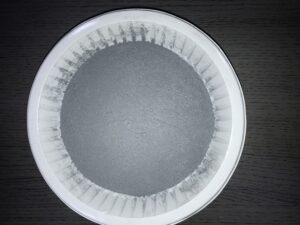
Advantages of Silica Fume in Concrete
- Silica fume is a kind of neutral inorganic filler with very stable chemical and physical properties. It doesn’t contain crystalline water, does not participate in the curing reaction, and does not affect the reaction mechanism.
- Good infiltration for various kinds of resin, easy to mix, good adsorption performance, no agglomeration phenomenon.
- The size distribution of silica fume is reasonable, strong densification, large hardness, and wears resistance. It can greatly improve the tensile strength, compressive strength, impact strength, and wear resistance of the cured products, and the abrasion resistance can be increased by 0.2 – 2.5 times.
- It can increase the thermal conductivity, increase flame retardancy, and change the adhesive viscosity.
- The exothermic peak temperature of the curing reaction of epoxy resin can be reduced, the linear expansion coefficient of solidified products and the shrinkage rate of solidified products can be reduced, so as to eliminate internal stress & prevent cracking.
- Due to the reasonable distribution and fine grain size of silica fume, it can effectively reduce and eliminate precipitation and stratification.
- Pure silicon powder, low content of impurities, stable chemical and physical properties, so that the curing material has good insulation properties and arc resistance.
- The chemical composition of silica fume is silica SiO2, which belongs to inert material. It does not react with most acids or alkaloids. The silicon powder is evenly distributed & covered on the surface of objects. It has strong corrosion resistance and cavitations resistance increased 3-16 times.
- Small bulk density, 0.2-0.8, or 1-2.2. As polymer filling material, it can reduce the cost of the product by reducing the amount of loading and saving the amount o polymer.
- Frost resistance is good, and the relative elastic modulus of micro silica fume is 10% – 20% after 300-500 fast freeze-thaw cycles, while the average elastic modulus of ordinary concrete is 30% – 73% after 25-50 cycles. Consequently, the frost resistance of concrete can be improved.
- Early strength, micro silica concrete can shorten the induction period and have the characteristics of early strength.
Disadvantages of Silica Fume in Concrete
- Dry shrinkage: Silica fume concrete rate is large, easy to make the crack in the application of silica fume concrete, especially early dry shrinkage, affect the overall strength and using effect. For example, after completion of construction, strengthening water, and sprinkler maintenance can decrease this dry shrinkage cracks problem, but the dry shrinkage cracks are still unavoidable in many construction projects.
- The construction is difficult: The workability of concrete is an important parameter in the concrete mix design proportion, silica fume concrete workability is poor, is not easy to make the concrete vibrating close-grained, not easy to plaster, influencing the smoothness of concrete quality and uniformly of the surface.
- It is easy to produce temperature cracks: Concrete with silica fume early strength develops quickly, resulting to rise concrete hydration heat temperature, the corresponding concrete hydration heat dissipation quickly, easy to produce high-temperature stress in the concrete, make dry shrinkage crack extend even through the formation of transfixion cracks, the stress concentration in the top of the dry shrinkage crack.
